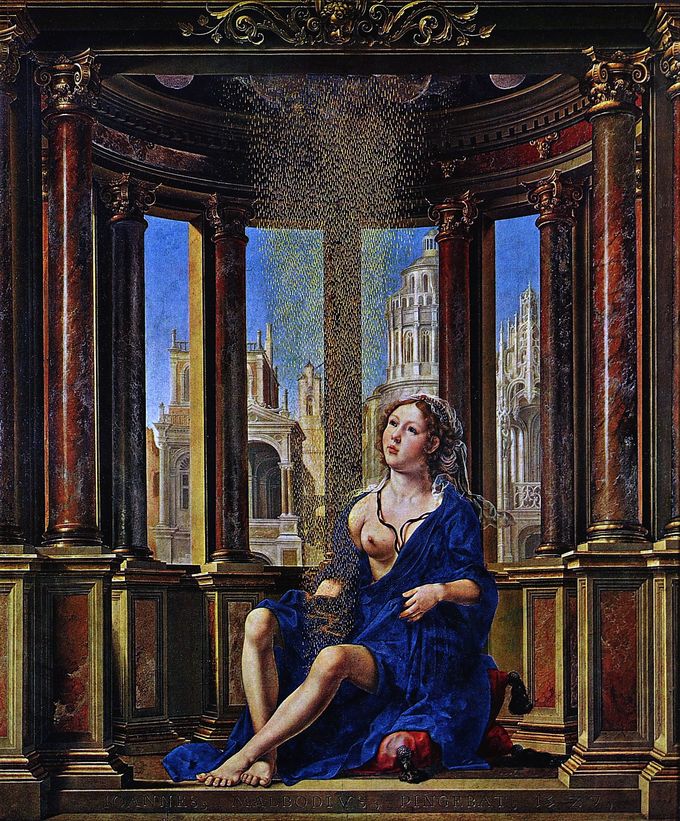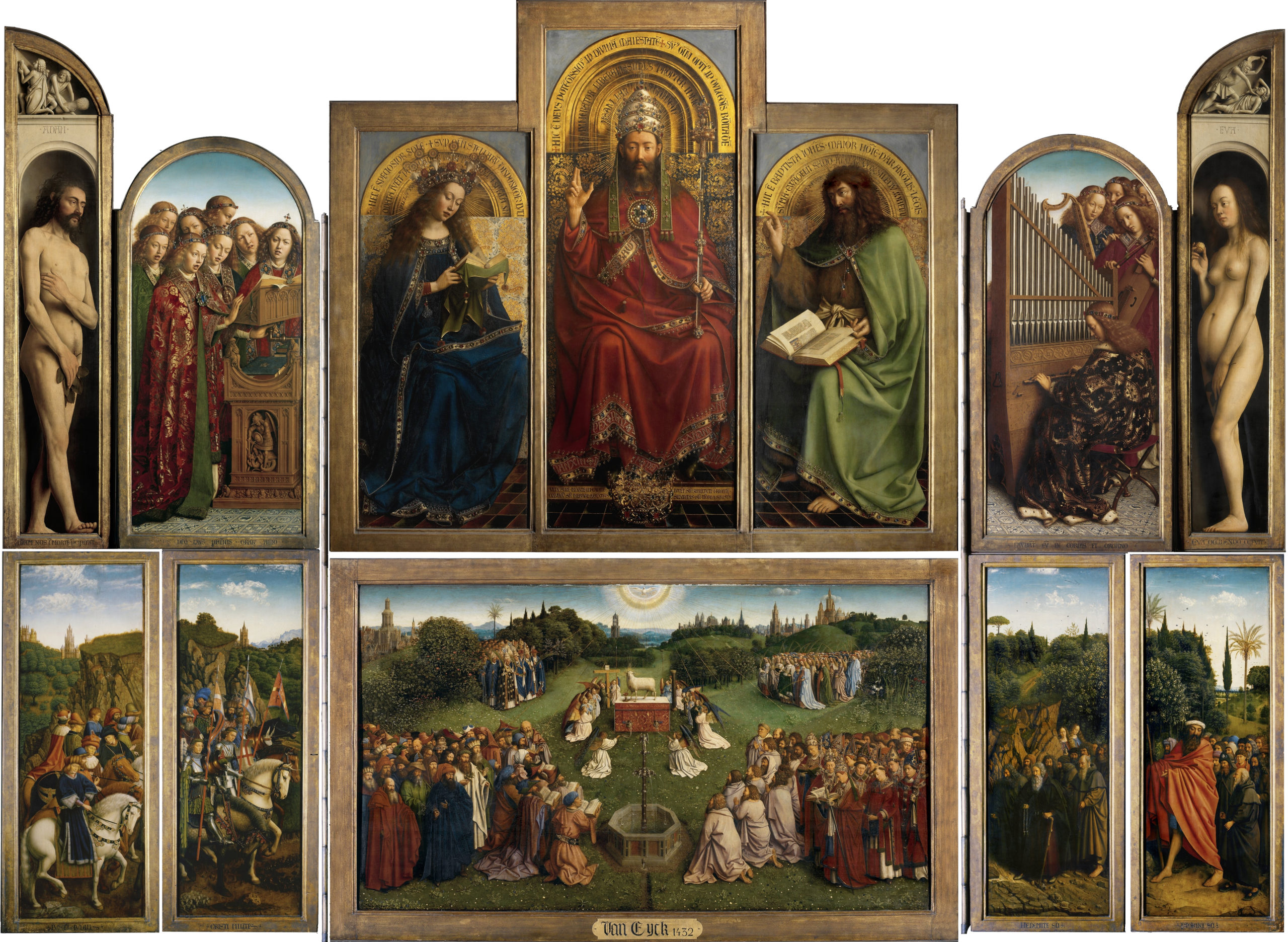The Renaissance in Northern Europe
The Northern Renaissance describes the Renaissance in northern Europe. Before 1450, Renaissance humanism had little influence outside Italy; however, after 1450 these ideas began to spread across Europe. This influenced the Renaissance periods in Germany, France, England, the Netherlands, and Poland. There were also other national and localized movements. Each of these regional expressions of the Renaissance evolved with different characteristics and strengths. In some areas, the Northern Renaissance was distinct from the Italian Renaissance in its centralization of political power. While Italy and Germany were dominated by independent city-states, parts of central and western Europe began emerging as nation-states. The Northern Renaissance would eventually be closely linked to the Protestant Reformation, and the long series of internal and external conflicts between various Protestant groups and the Roman Catholic Church had lasting effects.
As in Italy, the decline of feudalism opened the way for the cultural, social, and economic changes associated with the Renaissance in northern Europe. Northern painters in the 16th century increasingly looked to Rome for influence, and became known as the Romanists. The High Renaissance art of Michelangelo and Raphael and the stylistic tendencies of

As Renaissance art styles moved through northern Europe, they were adapted to local customs. For example, in England and the northern Netherlands, the Reformation nearly ended the tradition of religious painting. In France, the School of Fontainebleau, which was originally founded by Italians such as Rosso Fiorentino, succeeded in establishing a durable national style. Finally, by the end of the 16th century, artists such as Karel van Mander and Hendrik Goltzius collected in Haarlem in a brief but intense phase of Northern Mannerism that also spread to Flanders.
- invention of the printing press, c. 1450
- advent of mechanically reproducible media such as woodcuts and engravings
- formation of a merchant class of art patrons that purchased works in oil on panel
- Protestant Reformation and the translation of the Bible from the original languages into the vernacular or common languages such as German and French international trade in urban centers

